Conservationists in museums and other cultural institutions face a unique Catch-22. On the one hand, light is invaluable for closely analysing the fine details of collections. Additionally, exhibitions need to be presented in adequate light conditions for the public to enjoy their museum experience. On the flip side, light also means damage – dyes and inks can naturally deteriorate in well-lit conditions.
So how do light levels inform the preventative maintenance of priceless museum collections?
What is light and lux?
Light goes beyond the natural and artificial luminescence visible to the naked eye. The light spectrum is divided according to energy wavelength. Anything between 400-760 nanometres is perceptible. However, below this band is ultraviolet (UV) rays, and above is infrared light. These waves have a more severe effect on the long-term quality of historical artifacts, meaning this energy needs to be monitored when storing and exhibiting collections.
The intensity of visible light is monitored with a light measure. These devices record data as a lux reading, which tracks energy based on one lumen (the quantity of light emitted) per square metre. Worldwide best practice indicates that 50 lux has been accepted as the maximum acceptable environmental level of light for very sensitive items, such as:
- Costumes and other textiles.
- Prints, drawings and watercolour paintings.
- Manuscripts and many types of old photographs.
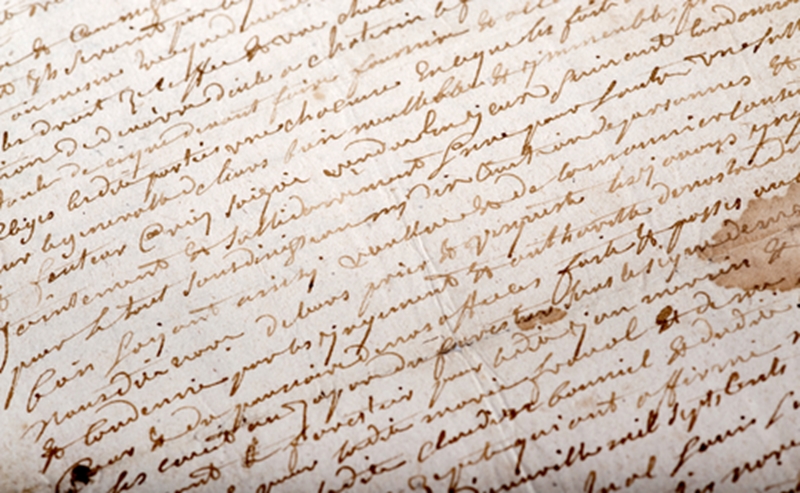
How does light and lux inform museum collection maintenance?
Because the forms of light differ in their effect on different materials, it's important to use a light measure device that covers the full energy spectrum. Light data helps museum conservationists control the different environments cultural artifacts will be exposed to. This information can also help to improve the long-term health of museum collections while still ensuring that the items can be exhibited in comfortable viewing conditions.
Light and lux measurements inform collection maintenance and display practices because:
- Using lux readings, conservationists can determine what storage conditions individual items need. This ensures sensitive collections (affected at 50 lux) are stored separately from items that are less susceptible to light damage (such as metals).
- Light measures can help to find the optimal balance in exhibition spaces between comfortable light conditions and environments with minimal UV levels.
- Additionally, these tools can help with preventative maintenance by showing if certain items need to be further protected with UV-absorbing storage materials.
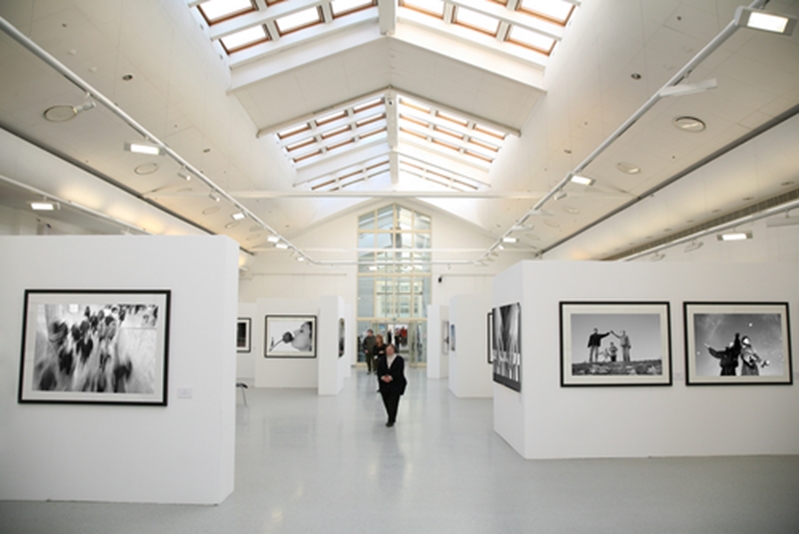
What light and lux measurement tools should be used?
Testo Australia has supported the conservation work of Australian museums and cultural institutions for decades, offering archivists the tools to accurately track light conditions.
The testo 160 THL – Wi-Fi data logger is the perfect device for monitoring light and lux levels, as well as numerous other environmental data measures, ensuring safer storage and exhibition practices. Meanwhile, Testo's Lux probe, when paired with the appropriate measuring instrument, is ideally suited for determining indoor light levels.
For more information about the light measurement tools central to a safer future for Australia's historical collections, contact the team today.



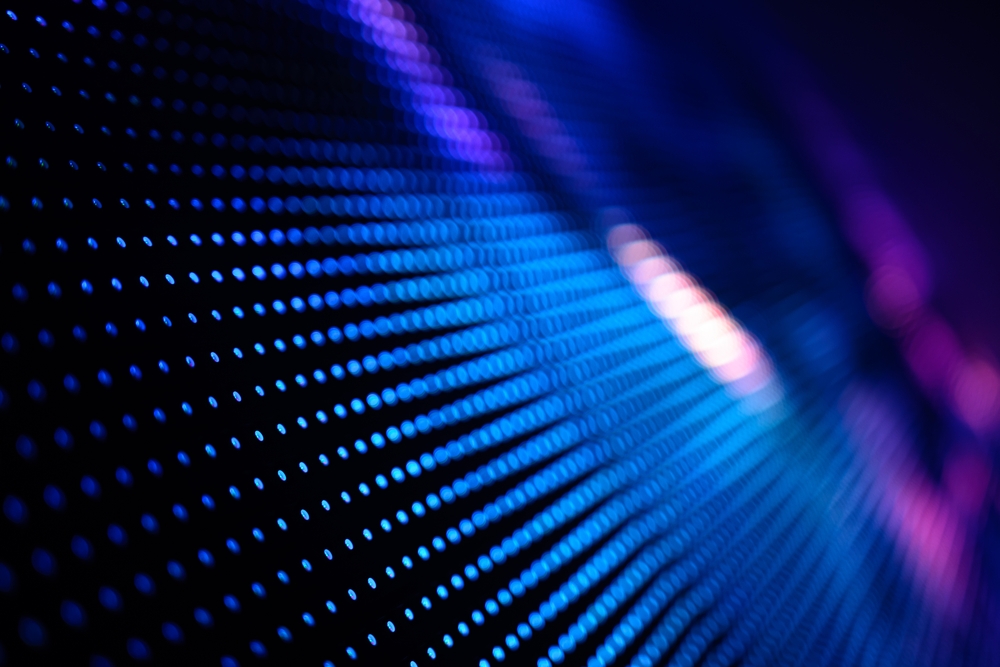

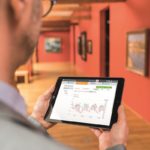
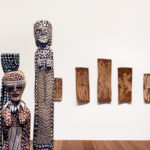
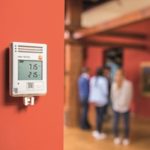

 Reduce cooking oil costs while ensuring quality
Reduce cooking oil costs while ensuring quality Expert knowledge on CO2 monitoring
Expert knowledge on CO2 monitoring Refrigeration knowledge - in 3 modules
Refrigeration knowledge - in 3 modules



